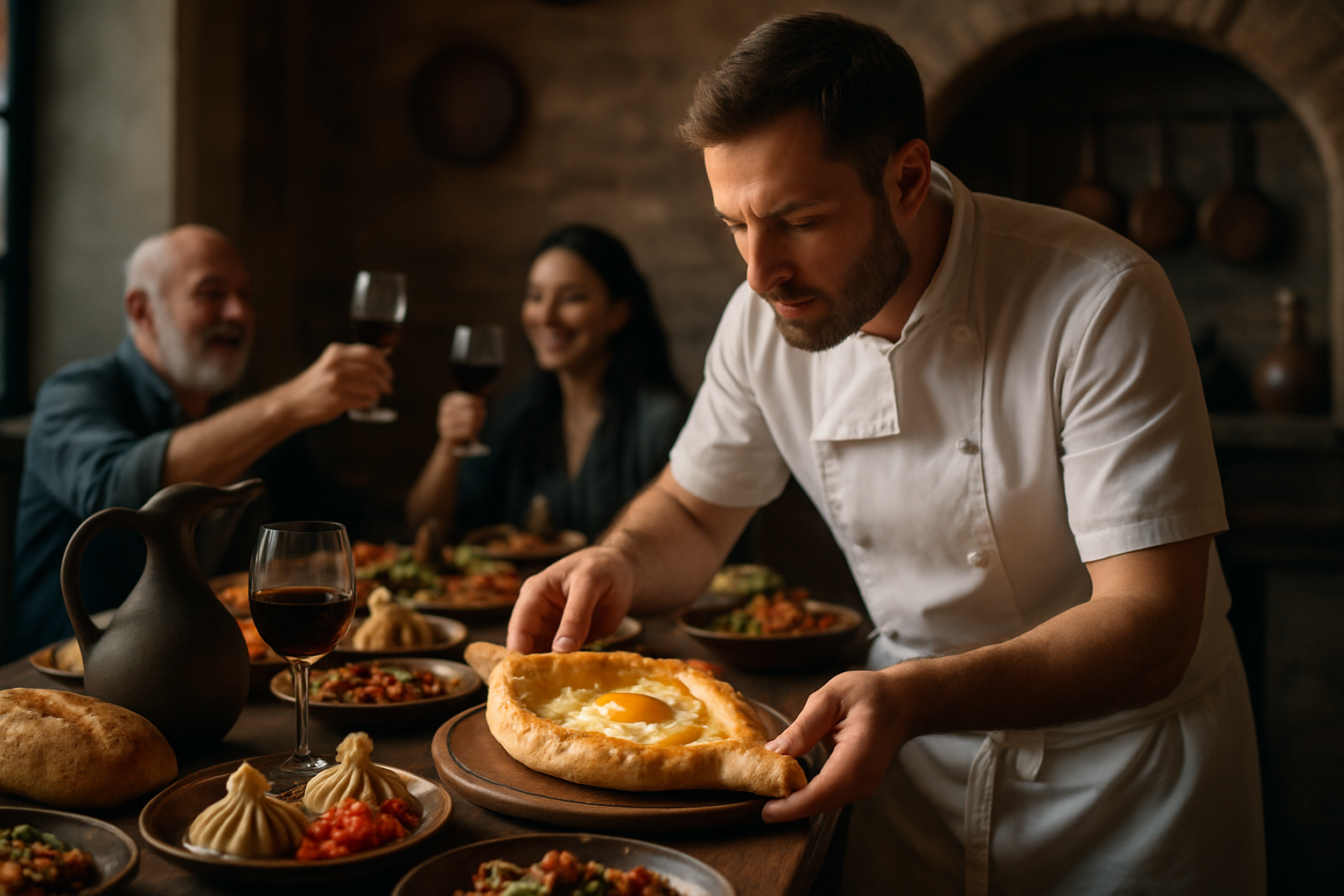Exploring the World Through Culinary Time Travel
Embark on a journey that transcends both space and time as we delve into the fascinating realm of culinary time travel. This innovative approach to exploration combines the thrill of discovering new destinations with the rich tapestry of historical gastronomy, offering travelers a unique way to experience the world through their taste buds and gain profound insights into cultures past and present.

The Historical Roots of Food Tourism
While culinary time travel is a relatively new concept, the idea of traveling for food has deep historical roots. In ancient times, spice routes and trade networks were established primarily to satisfy culinary curiosities. The Grand Tour of the 17th and 18th centuries, undertaken by wealthy Europeans, often included gastronomic explorations. Today’s culinary time travel experiences build on this tradition, combining historical research with modern tourism to create unforgettable journeys through time and taste.
Designing a Culinary Time Travel Experience
Creating an authentic culinary time travel experience requires extensive research and attention to detail. Historians, chefs, and cultural experts collaborate to recreate not just the food, but the entire dining atmosphere of a particular era. This may include period-appropriate tableware, dining etiquette, and even costumes for staff and guests. The goal is to transport travelers not just in taste, but in all sensory aspects, to a different time and place.
Notable Destinations for Culinary Time Travel
Several destinations around the world have embraced the concept of culinary time travel, offering unique experiences for food-loving history enthusiasts. In Pompeii, Italy, visitors can partake in recreated Roman banquets based on archaeological findings. Colonial Williamsburg in Virginia, USA, offers 18th-century tavern experiences complete with period-accurate menus and service. In Kyoto, Japan, travelers can indulge in elaborate multi-course kaiseki meals that have remained largely unchanged for centuries.
The Educational Value of Culinary Time Travel
Beyond its entertainment value, culinary time travel serves as an educational tool, offering insights into historical social structures, trade patterns, and cultural exchanges. By experiencing the foods of the past, travelers gain a deeper understanding of how culinary traditions have shaped and been shaped by historical events. This form of experiential learning can be particularly engaging for students of history, anthropology, and culinary arts.
Challenges and Considerations
While culinary time travel offers exciting possibilities, it also presents unique challenges. Sourcing historically accurate ingredients can be difficult, and some ancient preparation methods may not meet modern food safety standards. Additionally, there’s the risk of cultural appropriation or misrepresentation if experiences are not carefully researched and respectfully presented. Successful culinary time travel experiences must balance authenticity with practicality and cultural sensitivity.
The Future of Culinary Time Travel
As interest in experiential and educational travel grows, culinary time travel is poised to become a significant niche in the tourism industry. Advancements in historical research and culinary archaeology continue to uncover new information about historical diets and dining customs, expanding the possibilities for authentic recreations. Furthermore, the integration of technology, such as augmented reality, could enhance these experiences, allowing travelers to visually immerse themselves in historical settings while enjoying period-accurate meals.
Savor the Past: Tips for Culinary Time Travelers
• Research the historical context of your destination’s cuisine before your trip
• Look for restaurants and experiences that prioritize historical accuracy in their recreations
• Be open to trying unfamiliar flavors and preparation methods
• Consider attending cooking classes that focus on historical recipes and techniques
• Bring a journal to document your culinary time travel experiences and insights
• Respect local customs and etiquette, especially when participating in traditional dining experiences
Culinary time travel offers a unique and immersive way to explore the world’s rich cultural heritage through the universal language of food. By allowing travelers to taste history firsthand, this innovative approach to tourism creates lasting memories and deep connections to the places and times we visit. As we continue to seek new ways to understand our past and connect with diverse cultures, culinary time travel stands out as a delicious and enlightening adventure that satisfies both our hunger for knowledge and our appetite for exploration.





